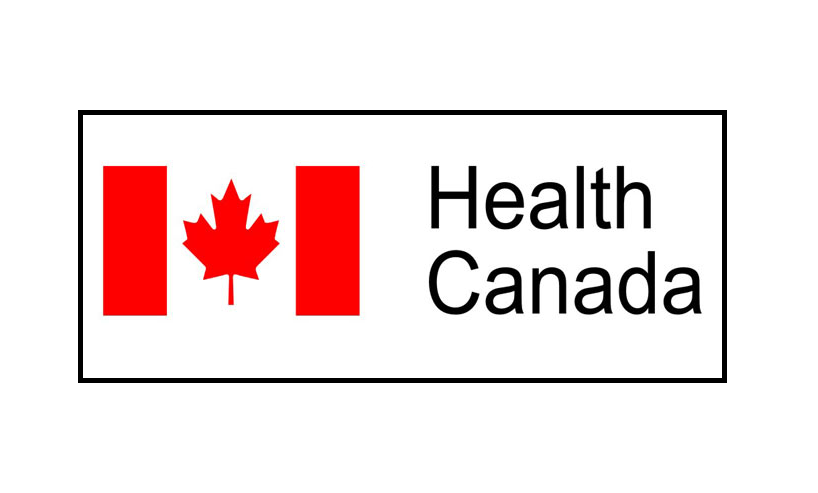*”** Info via Health Canada
Risk of spreading monkeypox
Monkeypox has rarely been seen outside of Africa. However, there have been recent cases of monkeypox in a number of countries where it is not usually seen, including Canada.
In the current outbreak, there has been transmission from person to person in Canada.
At this time, people who might be at risk of contracting monkeypox are those who have had close or intimate contact with a person experiencing monkeypox. However, the risk for most people in the community is considered to be very low. To date, the spread of the infection has been is limited to spread between intimate partners who are having sexual activity or between people who are living in the same household.
Current evidence suggests that transmission of the virus from someone who has no symptoms (asymptomatic spread) is extremely uncommon. The exact way the virus spreads is not completely known at this time, but we do know that the infection can be transmitted when a person has close direct contact with another person who has the monkeypox lesions (sores) on their skin.
It can also be transmitted when a person comes into contact with bedding, sheets or clothing that has the virus on it from the skin rash of an infected person.
If you have a rash or sores on your skin, fever or swollen lymph nodes, talk to your health care provider and let them know if you have had sexual activity or close personal contact with others in the last 21 days.
If you have been told that you have been in close contact with someone who has been diagnosed with monkeypox or you develop symptoms, you can contact your local public health unit and they will give you instructions on what to do next.It is recommended that you monitor yourself for symptoms.
If you develop symptoms, contact your health care provider who will assess you and determine if you need a test to diagnose monkeypox.
Avoid any direct touching of other people, cover all sores with bandages or clothing, wear a mask while you have any symptoms, and follow isolation instructions provided by your local public health authority.
The investigation into cases of monkeypox in Canada is evolving and information will be updated as it becomes available.
How monkeypox spreads
Monkeypox spreads in 3 ways:
- from animals to humans
- from person to person
- through direct contact with contaminated objects
Animal to human
In the wild, rodents are thought to be the main sources of the monkeypox virus, such as:
- African rope squirrels
- dormice
- striped mice
- Gambian poached rats
Other carriers include primates, such as monkeys.
In the past, the virus may have been transmitted to North American species, such as prairie dogs, when these animals from Africa were imported into the U.S.
The virus is usually spread from an infected animal to a human through direct contact such as a bite, scratch or lick.
Humans may also become infected if they:
- eat undercooked meat of infected animals
- come into contact with an infected animal’s body fluids
Person to person
Monkeypox can spread from person to person through close contact, including in the following ways:
- contact with an infected person’s:
- skin lesions
- blood
- body fluids
- mucosal surfaces (such as eyes, mouth, throat, rectum)
- contact from:
- providing care
- living in the same household as a case, or
- sexual contact
It is thought that respiratory droplets may transmit monkeypox virus, but this is not well understood at this time.
An infected pregnant person may also pass on the virus to their developing fetus through the placenta.
This is an evolving investigation. These and other potential modes of transmission are being explored, as well as the possibility of asymptomatic or atypical infection presentations.
Contaminated objects
People may also become infected by coming into direct contact with contaminated clothing or linens, such as bedding and towels, or by sharing personal objects used by an infected person.
Preventing the spread of monkeypox
As with any communicable disease, following basic individual public health measures can help prevent you from getting or spreading an infection. This includes measures like:
- staying home when sick or you have skin sores
- practicing respiratory etiquette, including covering coughs and sneezes and wearing a face mask
- hand hygiene
- practicing safer sex
You can further reduce your risk of becoming infected with monkeypox by avoiding close physical contact, including sexual contact, with an individual who is
suspected or confirmed to have monkeypox.
If you have to be physically close to someone who is suspected or confirmed to have monkeypox, you should both wear well-fitting medical masks. This is especially important if the individual is coughing or has lesions in their mouth.
If direct physical contact is required, the person who is infected should have all lesions covered with clothing or bandages.
You should also:
- avoid contact with clothing, towels or bedding that the person who is ill has used
- if you can’t avoid this, clean your hands after contact
- clean your hands regularly
- avoid sharing personal items, such as toothbrushes or utensils, with the person who is infected
- frequently clean and disinfect high touch surfaces and objects (for example, toilets or faucets)in the home, especially those that the infected person may have touched




